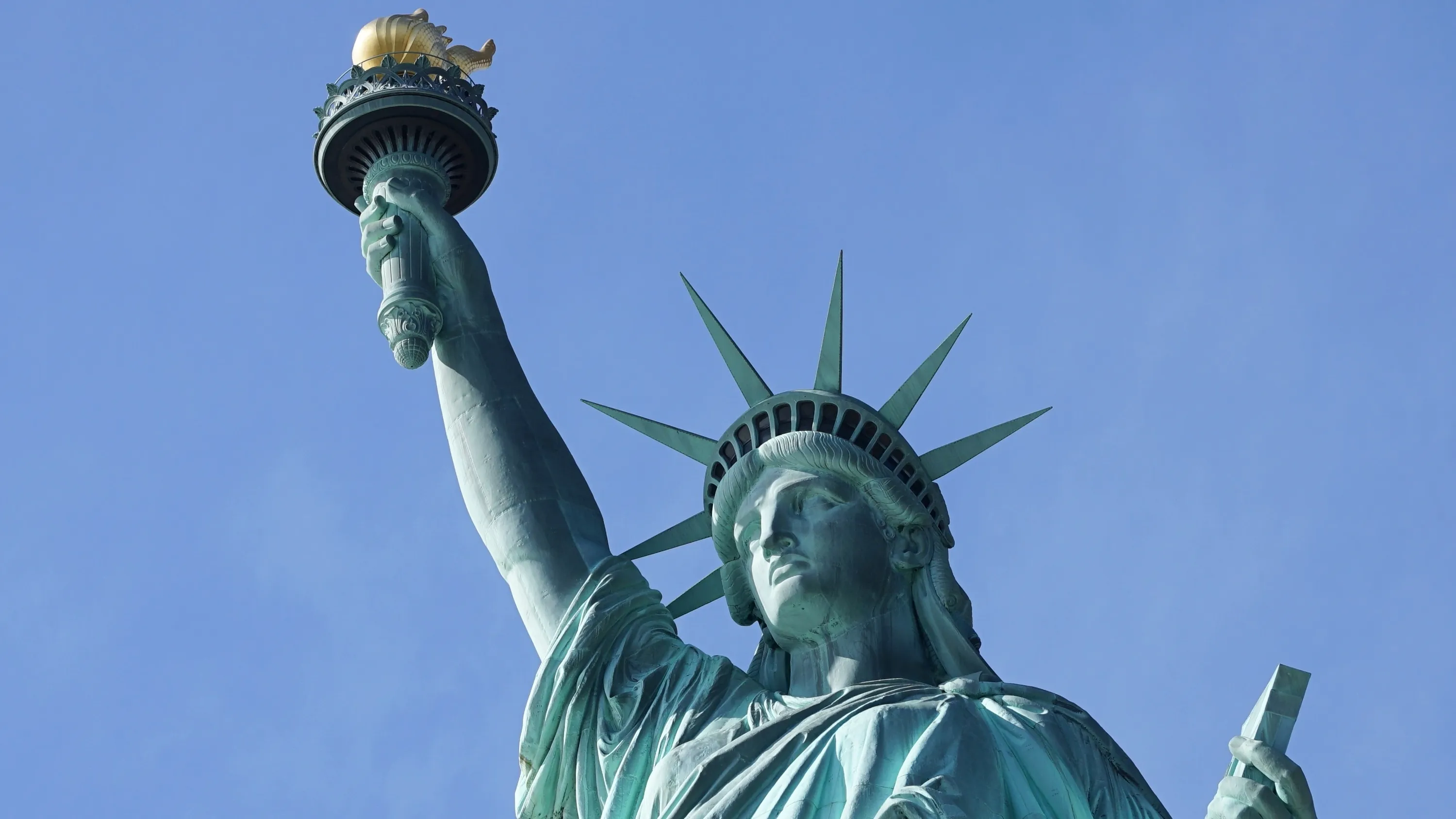With a United States government shutdown in the books—again—you may be wondering what that actually means for New York City. Things are still a bit up in the air, as each administration gets the power to choose which services to freeze and fund, per the Associated Press.
But it’s likely that some things, including cultural organizations, will temporarily close amid the shutdown, especially based on the shutdown during the last Trump administration. Here’s what we suspect will close in New York City amid the latest government shutdown.
RECOMMENDED: The MTA is walking back on those insane fare increases, thank the travel gods
Why is the government shutting down?
If you’re feeling like, “wait, what’s happening now?,” we don’t blame you. In this frenetic news cycle, it’s hard to keep track. Here’s a quick breakdown, with help from the Associated Press: Basically, our federal leaders can’t agree on a budget. An October 1 deadline has passed, and neither budged. When a funding lapse happens, some agencies shut down and non-essential workers don’t work.
Some things will continue, like the FBI, CIA, military, veterans health care and the postal service. But for other agencies, that’s not the case.

Photograph: By Osugi / Shutterstock
What New Yorkers need to know
Our federally funded museums and cultural organizations are likely to temporarily shutter. That includes Smithsonian museums, national sites and more, such as:
The National Museum of the American Indian
As a Smithsonian museum, the always-free-to-enter National Museum of the American Indian closed in the last government shutdown, and it likely will again very soon. As the museum said on its website, “in the event of a government shutdown, the National Museum of the American Indian in Washington, DC, and New York will remain open through at least Monday, October 6” by using prior-year funds.
The museum contains some 825,000 items from 1,200 Indigenous cultures covering 12,000 years of Native American history. It displays its collection around the grand rotunda of the 1907 Custom House at 1 Bowling Green.
The Cooper Hewitt Smithsonian Design Museum
Housed in a sumptuous former mansion on the Upper East Side, the Cooper Hewitt is dedicated to the field of design. It houses a collection of objects that span 3,000 years.
As it’s a Smithsonian museum, it will also stay open through at least Monday, October 6, per the museum’s website. However, that’s just the garden, shop and cafe, as the galleries were already planned to be closed through November 21 for installation.
National Parks sites
It’s still a little murky as to what will happen with New York City’s National Park sites. The federal government has said that national parks sites will remain “partially open” during the shutdown, per NBC. Open-air sties are set to remain open, but buildings that require staffing (such as visitor centers) will close, the outlet added.
Lower Manhattan’s African Burial Ground National Monument, Grant’s Tomb on the Upper West Side, Hamilton Grange (a.k.a. Hamilton’s uptown estate), and Wall Street’s Federal Hall (the birthplace of American government, coincidentally) all closed during the last shutdown, per the New York Times.
Gateway National Recreation Area, a national park that stretches into in Queens, Brooklyn, Staten Island and New Jersey, stayed open last time without visitor services.
And finally, Ellis Island. The state stepped in to keep Ellis Island and Lady Liberty running back during the 2018 shutdown. That cost the state $65,000 per day, according to Curbed.

ShutterstockStatue of Liberty in New York City
How long the government shutdown could last
Unfortunately, it’s anyone’s guess if the shutdown will actually happen and how long it will last. A short-term shutdown isn’t likely to have a major impact on the economy, but if it lasts, that’s not great.
“That can give rise to uncertainties about what is the role of government in our society, and what’s the financial impact on all the programs that the government funds,” Phillip Swagel, director of the Congressional Budget Office, told the Associated Press.
The last government shutdown, which stretched from December 2018-January 2019 during the last Trump administration, ended with a permanent loss to the economy of about $3 billion, per CBS.
